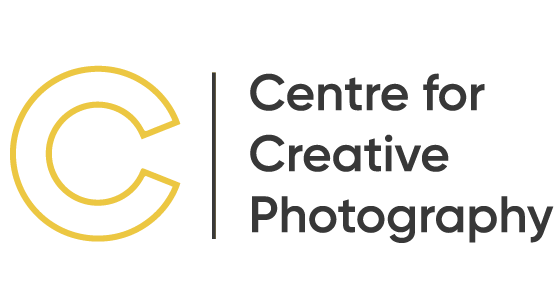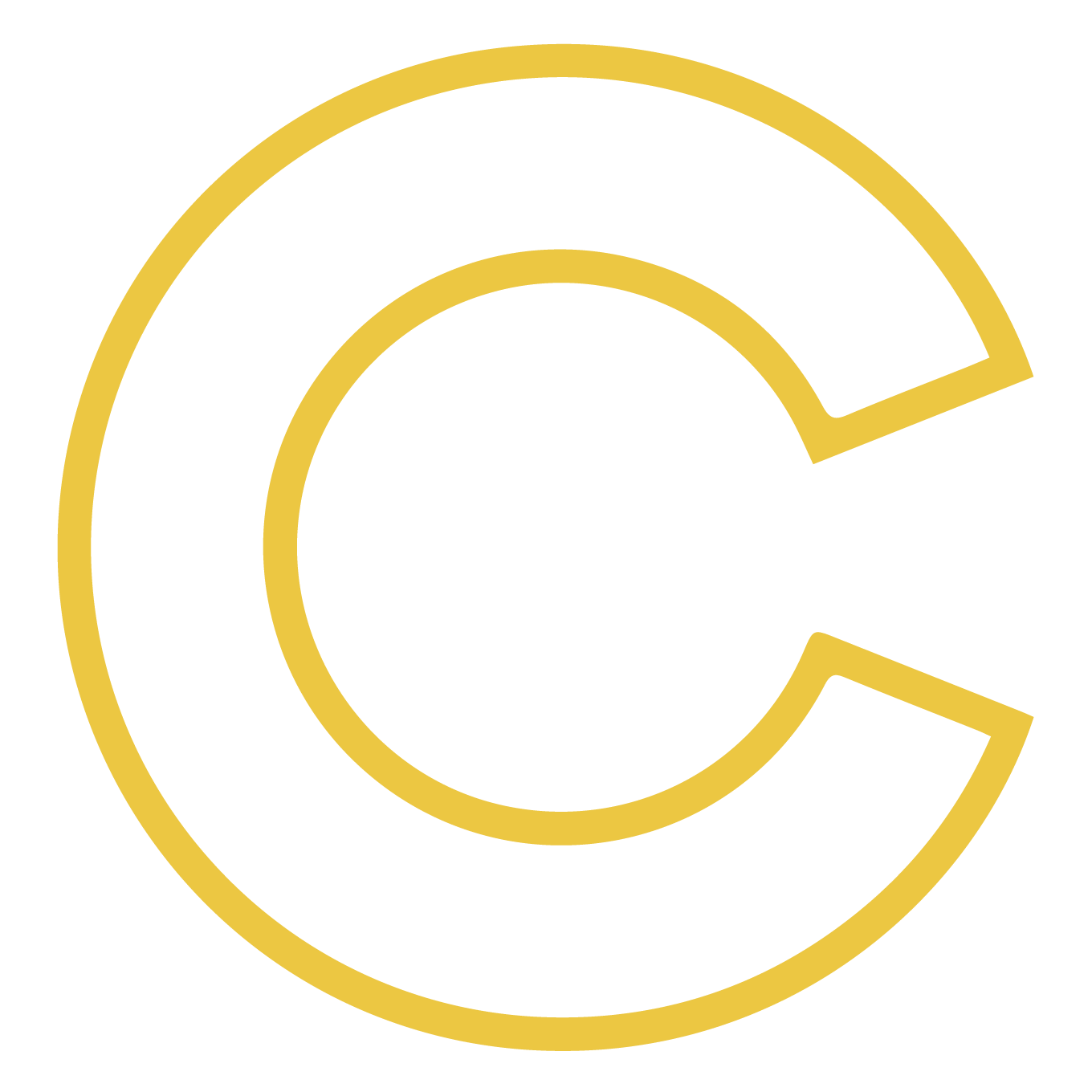MAKING THAT QUINTESSENTIAL ART FORM, A BOOK OF PHOTOGRAPHS (GUEST BLOGGER TILLMAN CRANE)
The below blog post was written by a dear friend of mine, Tillman Crane. Tillman writes a regular “musing” for his subscribers and this latest contribution is about the process of creating the quintessential modern art form, a photography book.
This month’s musing holds a particular resonance for me as I share precisely its sentiments. Tillman discusses important considerations for building a layout of photographic images in relation to a book presentation such as we teach in the Alternative Presentation class, which is running this term.
Tillman Crane and I met while I was living in the U.S. just outside of Philadelphia and we were both studying at the University of Delaware under the rare tutelage of Professor John Weiss. I was a freshman and Tillman was a Senior in his final year of the Masters of Fine Arts program. Tillman was (and still is) working with an 8”x10” camera, at that stage enlarging his exquisite negatives to an astoundingly sharp 16”x20” Black and White print. I am lucky to have been graced with three in the collection due to the inevitable student work swap.
Tillman is now based in Camden, Maine and works exclusively with platinum and palladium prints, using various formats from 5”x7” – 11”x14” for the majority of his images. However he has no problems using a digital camera, being a throwback to his days as a photojournalist using a 35mm format. He also runs photographic workshops much in the same way we do here at the CCP except he works with topics more germane to his oeuvre.
I’ve kept in touch with Tillman basically through his Musings and I always look forward to his thoughts. He is one of the most sincere people working with photography I’ve met and is an articulate writer, very much a reflection of the work he makes. It’s a great blog to subscribe to if you wish and can be found at www.tillmancrane.com if you care to investigate him a little further. According to Tillman, he is not a conceptual photographer, rather a “reactionary one” waiting for the fall of light usually to complete his creations.
Tillman has also expressed a desire to run with a platinum/palladium workshop here at the CCP, so who knows just what the future may bring. Please contact us if you’d be interested in such a venture. I’d estimate the costs to be around $1000 for three days inclusive, and I’d need to consider the logistics in more depth to make this happen.
I hope you enjoy Tillman unedited, and with the sharing of this musing I can happily now call him a CCP associate as well… cheers from Gavin.
Thoughts on Making a book of Photographs
by Tillman Crane
Paul Caponigro and I have both been invited to exhibit at the National Art Museum of China this year. Paul just returned from his trip and brought home the exhibit catalogue, which is actually a beautifully printed book. Each of the one hundred images in the exhibit is included in the book. The high quality reproductions give each image the vibrancy of an actual print. It is well laid out and I think, stunning.
I think of the book of photographs an art form, separate and distinct from the prints. The images in a book move from a beginning, through the middle and to the end. Page by page, we are led through a slice of the world the photographer sees and feels. An essay or introduction can bring us to the starting point, with a little understanding and, hopefully, a big sense of anticipation. In an exhibit print order is often determined by someone other than the artist and so the story is told one step further from its source. In addition, the juxtaposition of the images is temporary, available to us only during the short time of the exhibit. With a book, the images and story are available to us to look at and think about for as long as we keep the book. When I hold one, I hold a completed piece of art.
Two things have changed the way we see and perceive photography books. Today, everyone can print a photography book, thanks to the advent of on-demand digital printing. On the one hand this offers a wonderful form for family/friend/wedding/travel scrapbooking as well as an affordable printing modality for a low number of photo book copies. On the other hand, the narrow confines of layout, paper and printing options leave the photographer with fewer aesthetic options.
In addition, our hand held computer/phone also acts as a camera. Using a variety of apps we can share images around the world instantly. It is absolutely amazing but it is not a book. There is little to no editing or sequencing and the images exist only on the electronic brain. I enjoy sitting with a book of photographic images. Most importantly I sense and feel the intention that went behind creating this piece of art.
I can only speak about my own four books and those of other photographers I have worked with to create. Here’s what I think makes an effective photography book:
Edit. Only a very small percentage of images made on a particular subject should make it into a book. In my case, it is about 1% of the images I shot in Orkney that made the book Odin Stone.
Sequence. The images in the book are edited and sequenced with deliberation. We decided that Odin Stone should open with the image of the setting sun behind a 5000 year old standing stone and end with the sun rising behind a 20th century plexiglass bus stop. The narrative of Odin Stone flows through the succeeding images in the book. Modern barns, artists at work, contemporary events, memorials and monuments, the echoes of past and present, are images of what I experienced and felt as I traveled through Orkney over five years. What I hope the viewer understands is that Orkney has an ancient history and a modern society.
Layout. Choices are made. Does each image stand alone on the right page with nothing on the left or are images paired so they speak to each other? In Odin Stone we chose to pair images in most cases with a few select images standing alone. This increased the narrative power of the book. In Paul’s new book the editors chose to present each image standing alone on the right page with the title information on the left. It becomes in effect a portfolio or exhibition.
Design. Great care and consideration is given to the printing, packaging, and presentation of the book as a piece of art. A cover image is chosen to represent what the viewer might find inside. Cover material is selected, along with end papers, type font and color of paper and images. All are selected to contribute to the whole piece of art.
In my opinion these are the elements that go into making a good book of photography. The book needs some introduction but the images speak for themselves; you can hold it in your hands and physically experience it as a piece of art; and it is the best the photographer has to offer on the subject at that particular point in time.
My exhibition opens in Beijing in November 2016. It will be at least 100 images strong, my best images to date. I hope the exhibition book is as beautiful as the one done for Paul. I can’t wait to hold it in my hands.
All the best,
Tillman


